A hot beverage machine offers great margins, but are you making the most of it? Aidan Fortune looks at how to maximise its potential
Imagine passing up a sale that could net you massive profits and create valuable customer loyalty a sale that takes little effort, but which brings plenty of benefits. Well, by not making the most of the hot beverage machine in your store you could be doing just that.
The margins on a hot beverage machine can be as high as 70% - or £1 a cup - depending on the price. Even if you sell just 200 cups a week, that’s a potential profit of £10,400 a year, before additional products are sold. And who would turn their nose up at that?
According to HIM’s Convenience Tracking Programme (CTP) survey, only 5% of shoppers are buying take-away hot beverages during the category’s peak period of 7-9am, highlighting the potential that still exists in the category for convenience store owners.
Chris Williams of Spar Great Victoria Street in Belfast knows how successful a hot beverage machine can be. His store is located in a busy part of the city and he sells about 550 hot beverages a week. His customer-to-cup ratio is above average, and not by chance.
“We have a Tim Horton’s machine that also has a doughnut display attached to it,” he says. “Almost one in 10 of our customers buys a hot beverage, so we need to be able to offer additional products next to it. There are a lot of offices nearby so we take advantage of this by offering drink and snack deals. If people are looking to buy tea or coffee then chances are they’ll pick up something else as well, increasing their spend and our turnover.”
Trevor Higgs of Essentials at Kent University may have a captive audience of caffeine-starved students, but he knows that he can’t afford to get complacent when it comes to hot beverages-to-go. “We have a Costa Coffee machine which offers us 40% profit per cup,” he says. “During term time we sell about 1,300 cups a week so we need to have a reliable machine with plenty of options for everyone. The students want reasonably priced quality coffee, so we sell a large cup for £2.39 and a small one for £2, which seems to be the right balance between affordability and quality.”
While Chris and Trevor may make it look easy, the CTP results reveal that cross-purchasing in the category isn’t as high as it could be, with cigarettes being the most popular product being purchased alongside a hot drink (20%). Hot food-to-go and sandwiches ran a close second and third with 15% and 14% of customers respectively purchasing when buying a hot beverage.
HIM managing director Tom Fender says that this could be easily improved on. “These low figures could be because associated cross-purchases are not being merchandised close enough to hot beverages, or perhaps not at all,” he points out.
Stephen Clifford of Country Choice believes there’s a simple solution for retailers to generate more cross-selling through their hot beverage offering. “Ensure the hot beverages machine is located within the food-to-go section of your store,” he says. “All food-to-go is complementary to hot beverages - hot savoury pastries and breakfast baps, cakes and sweet pastries and sandwiches are all potential additional purchases to a cup of coffee or tea. A retailer doesn’t have to create a complicated display for their complementary products, just have them close enough so that customers can see them.”
He goes on: “Mintel estimates that one in five adults and one in four full-time workers eat breakfast out of home. Sales of tea and coffee are largely linked to a food purchase such as a bacon bap or sausage roll, as well as other complementary items such as newspapers. With the appropriate deals in-store retailers can expect to make a food sale with every second cup of coffee or tea sold.”
Clifford advises retailers to perhaps sacrifice some of the profit made on the hot beverage in an effort to upsell and increase basket spend. “Many retailers discount their coffee sales if the customer purchases a food item such as a breakfast bap or baguette. ‘Half price coffee with any breakfast bap, filled baguette, or croissant’ is a typical in-store offer’,” he says.
Trevor believes he has got the balance just right. “We’re a university store so we sell just over 200 meal deals each day, and a high proportion of these contain hot beverages,” he says. “It’ll become more popular as we get closer to the winter as customers will want a hot drink along with their food. It doesn’t take much to encourage people to trade up when they’re buying a drink. Just have a good value offer that is signposted next to the hot beverage machine so people can see it.”
Branding and image is also a vital issue for retailers. If a store owner has installed a hot beverage machine, they may be competing with the Starbucks and Costas for business so they may need a big name to attract customers. According to Oxxygen Marketing Partnership’s Max Jenvey, retailers shouldn’t be afraid to trade up to a marque coffee name. “Retailers who already have a hot beverage machine should be looking to offer high-quality products to maintain customer loyalty,” he says. “Premium coffee brands such as Lavazza, Illy and Segafredo are all perfectly acceptable to upgrade your coffee offer to. Plus some of the branded offers come with massive in-store support in the form of merchandising, branding, staff training and coffee quality standards.”
Clifford agrees with this theory. “These days, consumers are far more discerning in their appreciation of coffee, so quality is paramount,” he asserts. “Retailers should look to offer a range of coffees using a bean-to-cup machine to ensure the coffee is freshly ground, and use fresh milk where possible to give it a more quality feel.”
Chris says that people want a name they can trust. “Customers know the Tim Horton’s brand and they know its quality,” he says. “There is plenty of choice for hot beverages in the area, but they know that they will get a decent cup of coffee or tea from us and that creates a lot of loyalty with customers. If you do get a brand name machine in, make sure everyone knows about it. We have signs outside the store to attract the passing trade and they really grab people’s attention.”
Trevor points out that even though his customers are made up of students, they still demand a quality cuppa to help get them through the day. “You need a larger range than just black or white coffee as customers are expecting more,” he says. “Our machine offers a lot of different hot drinks and some flavour shots, which have been very popular with customers. We do a deal to buy a hot beverage along with a pain au chocolat or brioche at a discounted price.
“Early morning is still the most popular time for hot beverages -there’s often a long queue at the machine just before classes start and they all want a good quality hot drink,” Trevor adds. “It’s worth investing a little bit of extra money in a better quality machine as people will pay that bit more for it and it will pay off for you in the long run.”
If you can offer your customers top-quality brews at affordable prices, with plenty of additional products on the side to tempt them, then you’ll see your sales heat up in no time. •
Souper sales

With the winter months fast approaching, customers will be looking for something warm for lunch and this will provide you with an opportunity to expand your hot beverage offering to include soup.
Max Jenvey of Oxxygen Marketing Partnership believes that retailers shouldn’t miss out on this great opportunity to make some additional profit. “It’s simple - if you’re not making the most of your hot drink offer then you are missing out on vital revenue in a tough market,” says Jenvey. “A retailer keen on capitalising on their offer should definitely provide soup as a warm and healthy snack. It also gives the retailer the opportunity to upsell with bakery offerings, increasing their customers’ spend.”
Chris Williams of Spar Great Victoria Street in Belfast offers soup as part of a meal deal. “It makes for a great alternative for customers at lunchtime,” he says. “So if you can vary the flavours as often as possible, they won’t get bored and shop elsewhere.”
Stephen Clifford of Country Choice agrees that customers will begin to demand soup as part of a lunchtime meal, and that it doesn’t take much for retailers to provide soup for them.
“Soup creates some extra sales on top of the year-round offerings of tea and coffee, and we would recommend a dedicated soup kettle,” he says.
“Country Choice offers a soup kettle concept with profit on return of about 35%-45%, and research shows that up to 50% of adults will have soup at lunchtime at least once a week during the winter.”
ones to watch…
Bring on the barista
Sielaff has launched its latest self-service hot beverage offering. The Barista Uno offers premium hot beverages and payback is estimated to be less than three months. The machine has room for two types of bean as well as an integral chiller unit to keep milk fresh throughout the day.
tel: 01992 743010
Good to go
Nescafé has launched new cup designs for its Nescafé & Go offering. The machine can hold 5.1 litres of water (15 cups) so all the retailer needs to do is plug in and start serving. All Nescafé & Go machines come with a free starter kit which includes stock, lids, stirrers and sugar, as well as POS material.
tel: 0800 745 845
Size matters
Kenco has relaunched its Singles hot drinks solution. The capsule machine has been reduced in size to make it more suitable for a convenience store that might be stuck for space. It also offers the option of plumbed or self-fill water units to allow retailers greater freedom in where they locate the machine.
tel: 0800 073 5757
Express delivery
Costa’s Express convenience offering allows retailers to provide a wide range of coffees in a variety of sizes. The Express also offers customers the option of adding flavour shots to their drinks. The machine comes with POS material and a 24/7 helpline if anything should go wrong.
tel: 0845 450 5757





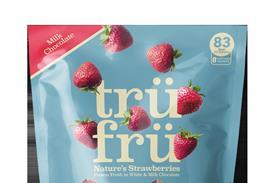











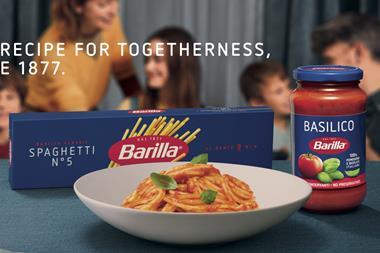

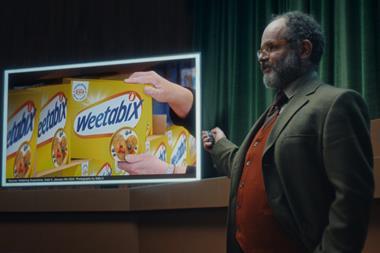
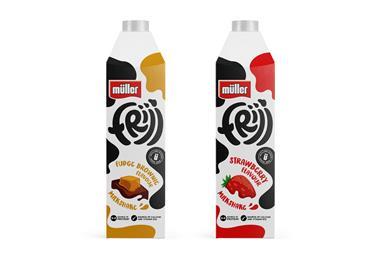


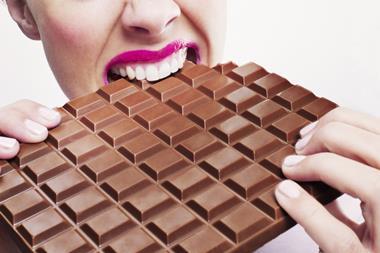


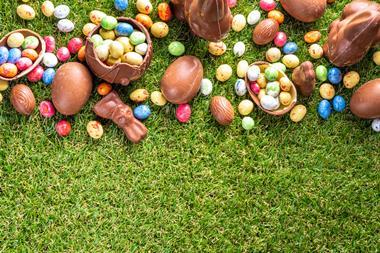
No comments yet